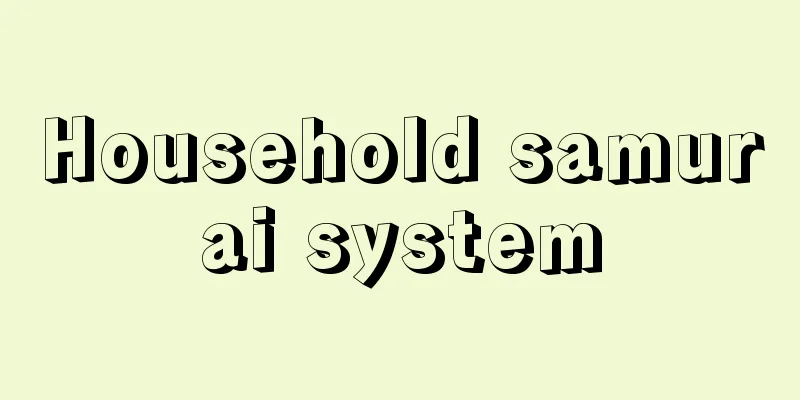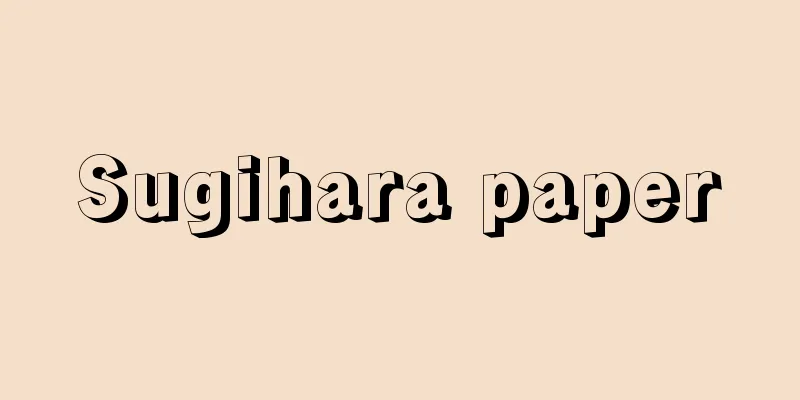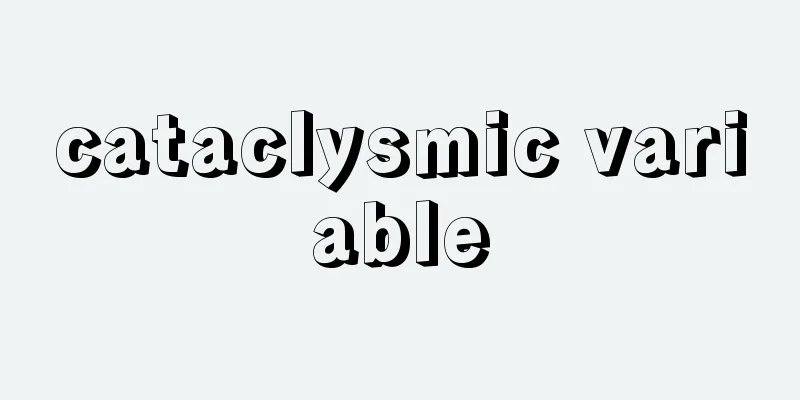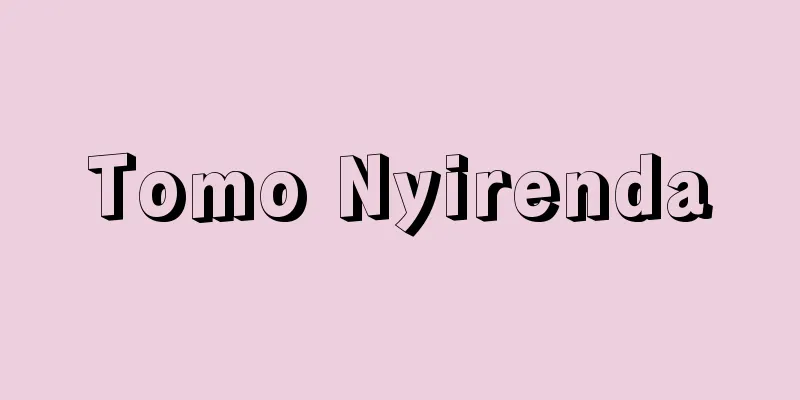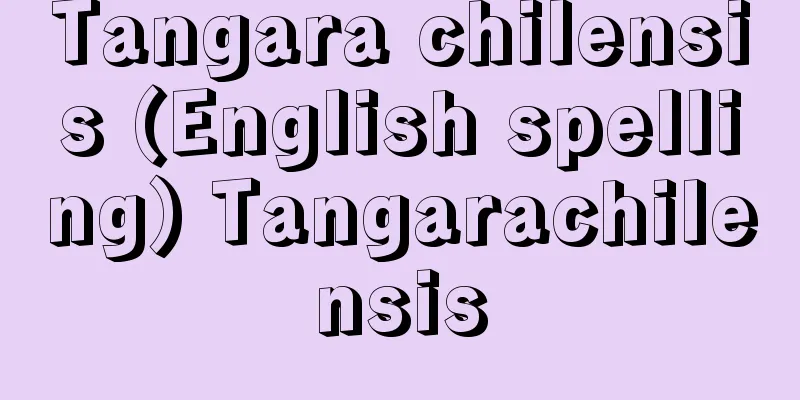Nevus of Ota, Ota Nevus

|
[What kind of disease is it?] Ota nevus is a brownish blue to grayish blue birthmark that occurs mainly around the eyes, on the cheeks, forehead, and nose. It usually occurs on one side of the face, but it can also occur on both sides. It can be present at birth or it can develop during childhood or adolescence and gradually enlarge. In addition to the skin, blue spots may also appear on the conjunctiva of the eye and the mucous membranes of the mouth. These spots appear bluish because the pigment cells that carry the color are located deep in the skin (dermis). A similar birthmark can also be seen on the shoulder and upper arm; this is called Ito nevus. [Treatment] Dry ice pressure therapy has been used for some time and has been effective, but in recent years it has been replaced by laser treatment (Q-switched ruby laser, Q-switched alexandrite laser, Q-switched YAG laser, etc.), which has proven extremely effective. Laser treatment involves applying a laser beam to the skin, but it does not damage the surface of the skin and instead selectively burns the pigment cells underneath. At least 5 to 6 treatments are required, spaced approximately 3 months apart. In everyday life, use Covermark on the affected area. As for the timing of treatment, since general anesthesia is required for children, it is usually started from around the age of 3, but it is said that the laser is more effective if started earlier. Laser treatment was previously not covered by health insurance, but since April 1996 it has been covered by health insurance. Nevus of Ota, Ota NevusIt is a brownish-blue pigmented spot with an unclear border that appears on one eyelid and cheek (the first and second divisions of the trigeminal nerve). It does not protrude from the skin. The pigmented spot may also extend to the bulbar conjunctiva and oral mucosa. There are two types: early-onset (developing shortly after birth ("Ota nevus")) and late-onset (developing during adolescence). Laser (Q-switched ruby) is an effective treatment. Source: Shogakukan Home Medical Library Information |
|
[どんな病気か] 太田母斑は、目のまわりを中心に、頬(ほお)、額(ひたい)や鼻に生じる褐青色から灰青色調の母斑(ぼはん)(あざ)です。通常は顔の片側にできますが、両側の場合もあります。また、生まれたときからすでにある場合と、小児期や思春期にできて徐々に拡大する場合とがあります。 さらに、皮膚だけでなく眼球結膜(がんきゅうけつまく)や口腔粘膜(こうくうねんまく)にも青色斑をともなうことがあります。色をもった色素細胞が皮膚の深部(真皮(しんぴ))にあるため、青みをおびてみえます。 なお、同様のあざが肩から上腕(じょうわん)にみられることがあり、これは伊藤母斑(いとうぼはん)と呼ばれます。 [治療] 以前からドライアイスの圧抵療法(あっていりょうほう)が行なわれ効果をあげてきましたが、近年はレーザー治療(Qスイッチ・ルビーレーザー、Qスイッチ・アレキサンドライトレーザー、Qスイッチ・YAGレーザーなど)にとってかわり、きわめて高い効果をあげています。 レーザー治療は、レーザー光線を皮膚にあてるものですが、皮膚の表面にはダメージをあたえず、その下にある色素細胞を選択的に焼灼(しょうしゃく)することができます。 およそ3か月の間隔で、少なくとも5~6回の照射が必要です。 ふだんの生活では病変部にカバーマークを使用します。 治療の時期ですが、小児の場合は全身麻酔が必要なため、3歳ごろから開始するのがふつうですが、より早期から開始するほうがレーザーの効果が高いといわれています。 なお、レーザー治療は以前、健康保険が使えませんでしたが、1996年4月から健康保険の適応になりました。 おおたぼはん【太田母斑 Nevus of Ota, Ota Nevus】片側のまぶたから頬(ほお)(三叉神経(さんさしんけい)の第1・第2枝領域)にかけてできる、境界の不明瞭(ふめいりょう)な、褐青色の色素斑(しきそはん)です。皮膚から隆起することはありません。色素斑は、眼球結膜(がんきゅうけつまく)や口の粘膜(ねんまく)におよぶこともあります。早発型(生後間もなく発症する(「太田母斑」))と遅発型(思春期に発症する)の2種類があります。 治療には、レーザー(Qスイッチルビー)がよく効きます。 出典 小学館家庭医学館について 情報 |
Recommend
Wang Weiyi (English spelling)
A medical officer who became the Minister of Medic...
Uehara-shi
...The court noble Nakahara Yasutomi visited the ...
Meeting - Yoriai
〘noun〙① To draw close to one another. To come into...
Kanetake Ooura
Year of death: September 30, 1918 Year of birth: 1...
Cleridae
…General term for insects belonging to the Clerid...
Arthur, Chester Alan
Born October 5, 1829 in North Fairfield, Vermont [...
Kotchian, AC (English spelling) KotchianAC
...An international bribery case involving the cu...
Tokelau [Islands] - Tokelau
An archipelago consisting of three atolls in the s...
Kigali - Kigali (English spelling)
The capital of Rwanda, in central Africa. Populat...
Draparnaldia glomerata (English spelling)
…[Mitsuo Chihara]. . . *Some of the terminology t...
Cyclohexane - cyclohexane
One of the most common cycloalkanes. Also called ...
Goldwyn - Samuel Goldwyn
One of the leading filmmakers in Hollywood from t...
Aulos - Aulos (English spelling)
An ancient Greek aerophone. A double-reed instrum...
Oxime - Okishimu (English spelling)
Compounds produced by condensation of aldehydes a...
Holy Table
…The term altar was established around the 4th ce...

